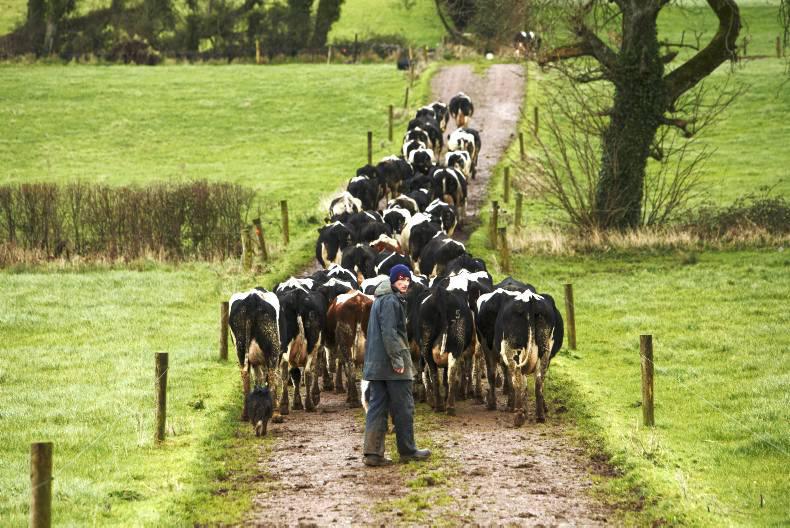What is it?
Grass tetany is rigid paralysis as a result of low levels of magnesium in the blood, leading to cows becoming recumbent or going down.
Predisposing factors
Rich, lush and well fertilised pasture are optimial environments for grass tetany in cows.
Stress factors such as weaning in sucklers cow, poor weather conditions and hunger also
Unlike milk fever, grass tetany is not associated with calving, although low blood magnesium can complicate milk fever.
Cows have limited stores of magnesium in the body and require daily intake of the mineral especially in challengiong periods
What does grass tetany look like?
In the early stages, affected cows tremble and shake. As the condition advances, the cow goes down and starts to convulse and thrash. This condition can advance quite quickly to death if left untreated. Grass tetany is a common cause of sudden death in cows. A feature of such cases is the ground may be marked by the thrashing.
How is it treated?
Intravenous calcium injection and subcutaneous injection of magnesium is required for treatment. The prognosis decreases significantly if there is a delay in treatment, and therefore prompt treatment is crucial to avoid fatalities. Cows which are thrashing need to be sedated.
Prevention
Magnesium supplementation during periods of high risk is the key to the prevention of grass tetany. This can be achieved by feeding concentrates high in magnesium, administering magnesium boluses, pasture dusting with magnesium and supplementation through the water supply. Pasture dusting and water supplementation may not be reliable in wet weather.
Read more
Beef management: grass supply difficulties and health risks
What is it?
Grass tetany is rigid paralysis as a result of low levels of magnesium in the blood, leading to cows becoming recumbent or going down.
Predisposing factors
Rich, lush and well fertilised pasture are optimial environments for grass tetany in cows.
Stress factors such as weaning in sucklers cow, poor weather conditions and hunger also
Unlike milk fever, grass tetany is not associated with calving, although low blood magnesium can complicate milk fever.
Cows have limited stores of magnesium in the body and require daily intake of the mineral especially in challengiong periods
What does grass tetany look like?
In the early stages, affected cows tremble and shake. As the condition advances, the cow goes down and starts to convulse and thrash. This condition can advance quite quickly to death if left untreated. Grass tetany is a common cause of sudden death in cows. A feature of such cases is the ground may be marked by the thrashing.
How is it treated?
Intravenous calcium injection and subcutaneous injection of magnesium is required for treatment. The prognosis decreases significantly if there is a delay in treatment, and therefore prompt treatment is crucial to avoid fatalities. Cows which are thrashing need to be sedated.
Prevention
Magnesium supplementation during periods of high risk is the key to the prevention of grass tetany. This can be achieved by feeding concentrates high in magnesium, administering magnesium boluses, pasture dusting with magnesium and supplementation through the water supply. Pasture dusting and water supplementation may not be reliable in wet weather.
Read more
Beef management: grass supply difficulties and health risks






 This is a subscriber-only article
This is a subscriber-only article










SHARING OPTIONS: